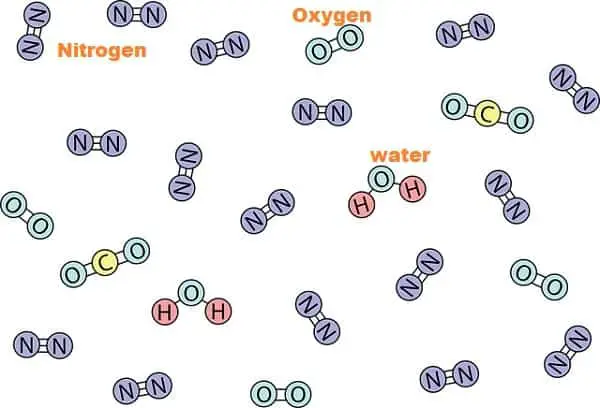Atoms are the unit parts of the chemical matter. Any material can be broken down to the level of an atom.
While an element is a composition of atoms and is freely available in nature as many materials.
Both atoms and elements are closely related.
An atom is a part of the element and is sometimes available in free form. While the element is made of a group of the same atoms.
When an element is broken down, it can liberate atoms.
So atoms come together for chemical stability and exist as elements.
Examples of elements include coal, graphite, diamonds, aluminum, etc.
The examples for atoms in the pure and isolated form are very few like monoatomic elements like helium, neon, argon, krypton, etc.

Key points related to atoms and elements.
- An atom has electrons, protons, and neutrons. These properties help to determine the atomic number and mass number.
- As the element is represented chemically in terms of its atomic number and mass number like for Oxygen element it is 16O2.
- Here the number 2 indicates that the Oxygen element is made of two atoms of oxygen. And the number 16 indicates the mass of the element.
- That again means that16 grams of Oxygen element would have 6.02214076×1023 number of atoms in it.
- Thus it means when an element of its gram equivalent is taken, it would have so many atoms in it as indicated by Avogadro.
- So technically both atom and element look simple and the same. But chemically as well as physically they have a difference.
- An atom is less stable in isolated form (nascent form).
- So it combines with other same atoms to form an element that is very stable in nature.
- When that element is explored, we find the atoms in it. Atoms determine the physical and chemical properties of an element.
- When the atoms are loosely bound, the element exists as a liquid or even gas. When the atoms are strongly bound to each other, the element is in solid form.
- Examples of elements in the liquid form include Mercury, gaseous form most gases types like noble gases, nitrogen, oxygen, hydrogen, etc.
- Elements in the solid form include most metals like Iron, copper, gold, aluminum.
- So based on the above examples, it appears that most materials or chemicals in daily life or not elements.
- In fact, they are compounds. A compound is one that is made of 2 or more different atoms.
- For example, water (H2O) is made of both hydrogen and oxygen atoms.
- Hence, all material available in nature is made of atoms. But those materials with the same atom are called elements.
While those made with different atoms are called compounds.